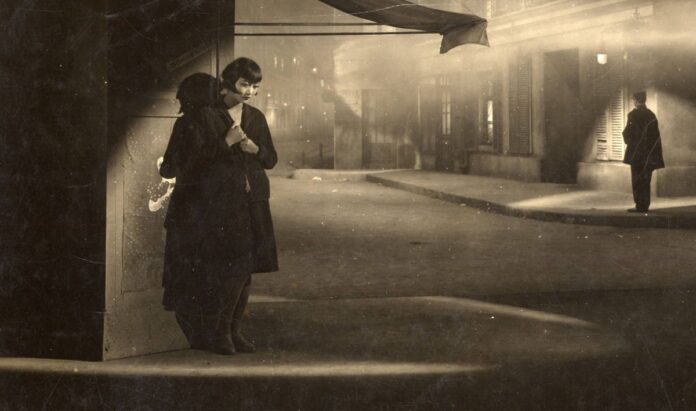On Sunday I had the very great pleasure of introducing a double-bill of Anna May Wong silents: the UK premieres of new restorations of Song (Richard Eichberg, 1928, restored by Filmmuseum Düsseldorf) and Pavement Butterfly (Richard Eichberg, 1929, restored by DFF) at Cinema Rediscovered in Bristol. Beautiful films, a beautiful audience and simply gorgeous musical accompaniment by Stephen Horne. Wish you could have been there – maybe you were?
But that is not the last that you will hear from Anna May Wong this year. In September, a retrospective curated by Xin Peng will be held at BFI Southbank, titled Anna May Wong: the Art of Reinvention. The schedule takes in a broad spectrum of Wong’s silent and sound films, many with introductions, beginning with the Technicolor gem The Toll of the Sea (Chest M. Franklin, 1922) on 35mm.
Wong scholar Yiman Wang will give a lecture, A Yellow Spot on the Silver Screen’ – Anna May Wong’s Performative Pleasure, on 2 October, which is sure to be very interesting. Wang is the author of the recent, excellent book, To Be an Actress: Labor and Performance in Anna May Wong’s Cross-Media World, which she will be signing after the lecture.
There will also be a panel event on 8 September, with Peng, Anna May Wong’s niece Anna Wong, her biographer Katie Gee Salisbury and myself, titled Introduction to Anna May Wong’s Reinventions. We will be looking at her remarkable life and career and sharing clips.
For those of you who don’t know, Anna May Wong was silent Hollywood’s first Chinese-American movie star, who played her first lead role in The Toll of the Sea, when she was just a teenager. She can be seen i such silent Hollywood favourites as Drifting (Tod Browning 1923), Peter Pan (Herbert Brenon, 1924) and The Thief of Bagdad (Raoul Walsh, 1924), albeit in small roles. You can see them all at BFI Southbank in September.
Wong’s cool good looks, expressive eyes and ability to emote on screen, and even cry on cue, had limited expression in Hollywood, and she found herself playing the same limited roles over and again. “I left America because I died so often,” she later said. “I was killed in virtually every picture I appeared in. Pathetic dying seemed to be the best thing I did.”
She came to Europe, where she made more silent films in Berlin and London, including Song, Pavement Butterfly, and Piccadilly (EA Dupont, 1929), which many Silent Londoners will know, all of which are also playing in the retrospective.
Wong’s talkie career continued in Hollywood (Shanghai Express, Josef von Sternberg, 1932, for example) and Europe (don’t miss 1934’s Java Head). She died in 1961, after a career marked by both stunning performances and missed opportunities. Which is why it is so important to remember her talent and vivid screen presence.





